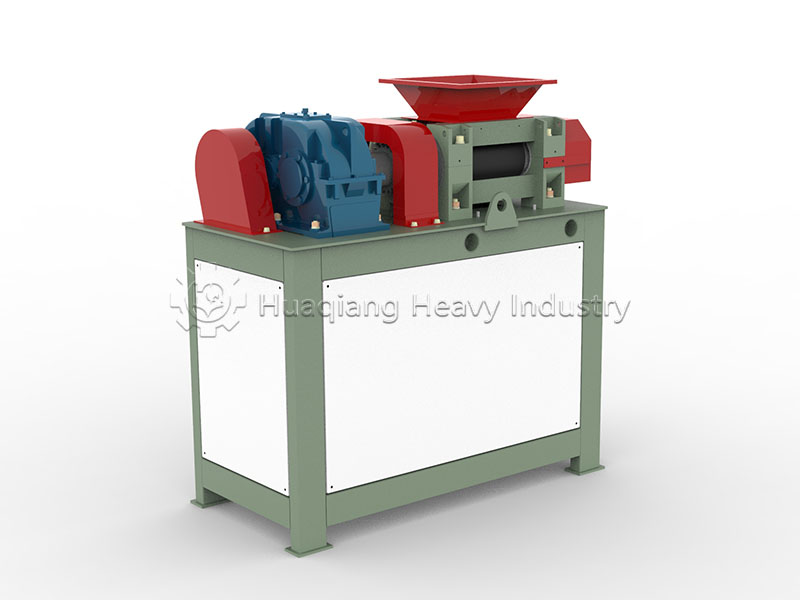Multi-dimensional adaptation requirements of NPK fertilizer production lines for granulators
As NPK fertilizers transition towards “precise formulation and scenario-based adaptation,” granulators, as the core forming equipment in NPK fertilizer production lines, must adapt to customized production requirements involving multiple formulations, multiple forms, and high uniformity. Their performance directly determines the nutrient stability and application suitability of NPK fertilizers.
1.Formulation Compatibility
NPK fertilizer formulations are flexible and varied, not only with significant differences in nitrogen, phosphorus, and potassium ratios but also often including trace elements and slow-release agents. The specific gravity and viscosity of raw materials vary greatly. Fertilizer granulators must have a wide range of raw material adaptability capabilities, handling both free-flowing raw materials such as urea and potassium chloride, and compatible with composite raw materials containing viscous components such as humic acid and amino acids, avoiding granule agglomeration and uneven forming rates due to differences in raw material characteristics.
2.Precise and Flexible Parameter Adjustability
Different crops and different fertilization scenarios have different requirements for NPK granule size, hardness, and dissolution rate. Fertilizer granulators need to support precise control of granule parameters, allowing for rapid switching of granule diameter (1-5 mm) and hardness grade by adjusting parameters such as die size, extrusion pressure, and rotation speed.
3.Low Loss and Environmental Friendliness
NPK raw materials are mostly chemical or compound materials. During granulation, it is necessary to avoid high temperatures or excessive extrusion that could lead to nutrient loss. The granulator must employ a low-temperature molding process to maximize the preservation of raw material activity. Simultaneously, a closed design must reduce dust emission, minimizing raw material waste and environmental impact.

